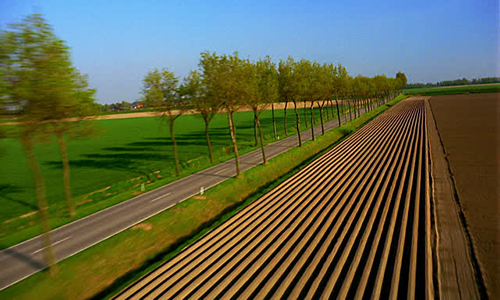The USDA’s Natural Resources Conservation Service is making $2 million available to interested farmers to help install voluntary edge-of-field monitoring stations on agricultural land in five states, including Missouri.
“Edge-of-field water quality monitoring provides quantifiable data that supports voluntary-based conservation efforts aimed at reducing the movement of sediment and nutrients off Missouri farms,” State Conservationist J.R. Flores said.
Through edge-of-field monitoring, NRCS works with farmers and conservation partners, such as universities and non-governmental organizations, to monitor the amount of nutrients and sediment in water runoff from a field. The data from different conservation systems, and from the field with no conservation systems in place, are evaluated to judge the effectiveness of the systems. Conservation practices typically evaluated include cover crops, no-till, irrigation water management, and practices to reduce and trap nutrients and sediment.
Monitoring stations enable NRCS to measure at the edge of farm fields rather than try to estimate conservation effects from in-stream measurements that are subject to influences outside of the farmer’s control. Edge-of-field monitoring, combined with instream monitoring, can provide a more thorough picture of improvements within a watershed.
NRCS first introduced edge-of-field monitoring in 2011. Since then 19 stations have been in operation in Missouri. Generally, they have shown that conservation practices work best when they are part of an overall system. They also show the importance of having live plants growing during the winter. Flores said the stations have been showing that winter cash crops or cover crops reduce pollutant loading up to 30 percent.
Funding is available on a voluntary basis to farmers in 116 Missouri watersheds. It pays for the costs of installing, maintaining and monitoring the stations for up to nine years. Farmers can check with the NRCS office in their county to see if they are eligible. The results of data collected will be maintained confidentially for farmers’ use and for use by the conservation partners responsible for monitoring.
Farmers interested in applying for financial assistance should submit applications by July 15 to their local NRCS office. To locate an NRCS service center near you, visit the “contact us” section of the website, or look in the telephone directory under, “U.S. Government, Department of Agriculture.”







